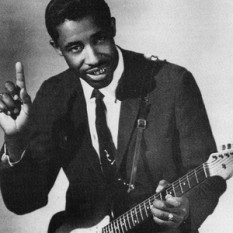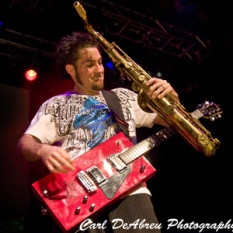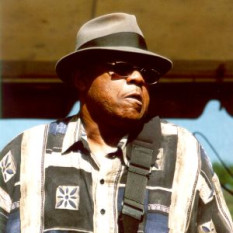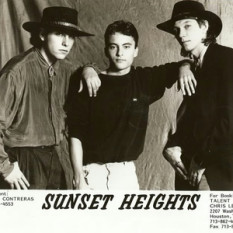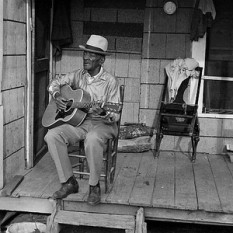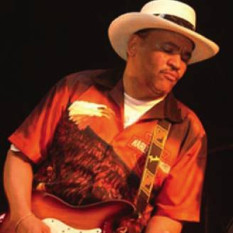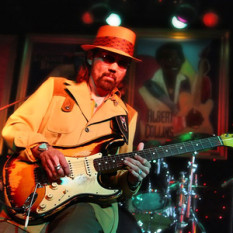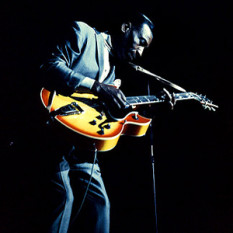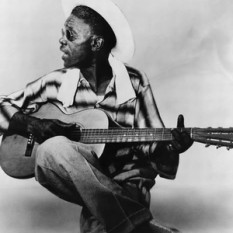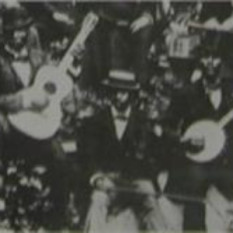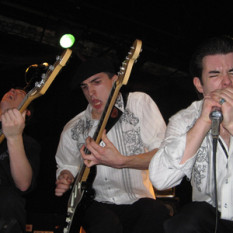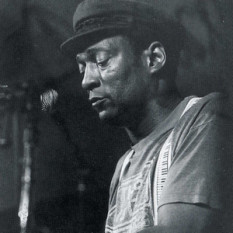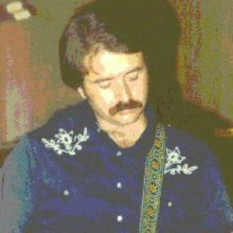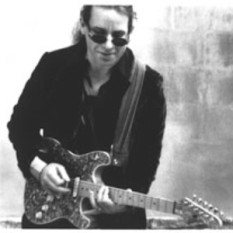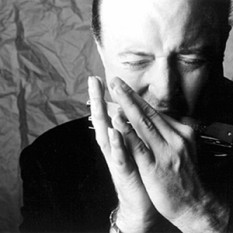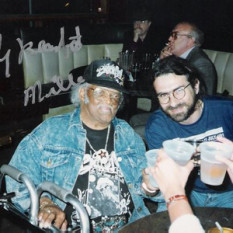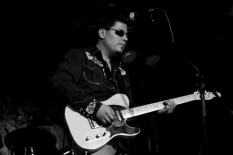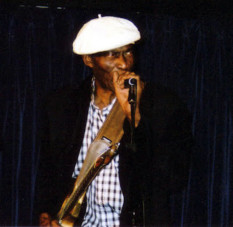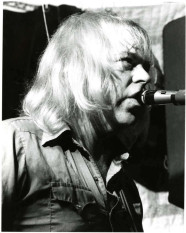Texas blues is a subgenre of the blues. It has had various style variations but typically has been played with more swing than other blues styles.
Texas blues differs from styles such as Chicago blues in its use of instruments and sounds, especially the heavy use of the guitar. Musicians such as Stevie Ray Vaughan contributed by using various types of guitar sounds like southern slide guitar and different melodies of blues and jazz. Texas blues also relies on guitar solos or "licks" as bridges in songs.
Texas Blues began to appear in the early 1900s among African Americans who worked in oilfields, ranches and lumber camps. In the 1920s, Blind Lemon Jefferson innovated the style by using jazz-like improvisation and single string accompaniment on a guitar; Jefferson's influence defined the field and inspired later performers, like Lightnin' Hopkins and T-Bone Walker. During the Great Depression in the 1930s, many bluesmen moved to cities like Galveston, Houston and Dallas. It was from these urban centers that a new wave of popular performers appeared, including slide guitarist and gospel singer Blind Willie Johnson and legendary vocalist Big Mama Thornton. T-Bone Walker relocated to Los Angeles to record his most influential work in the 1940s. His R&B influenced backing and saxophone imitating lead guitar sound would become an influential part of the electric blues sound that would be perfected in Chicago by artists like Muddy Waters. The state R&B recording industry was based in Houston with labels like Duke/Peacock, which in the 1950s provided a base for artists who would later pursue the electric Texas blues sound, including Johnny Copeland and Albert Collins. Freddie King, a major influence on electric blues, was born in Texas, but moved to Chicago as a teenager. His instrumental number "Hide Away" (1961), was emulated by British Blues artists including Eric Clapton.
In the late 1960s and early 1970s the Texas electric blues scene began to flourish, influenced by country music and blues-rock, particularly in the clubs of Austin. The diverse style often featured instruments like keyboards and horns, but placed particular emphasis on powerful lead guitar breaks. The most prominent artists to emerge in this era were the brothers Johnny and Edgar Winter, who combined traditional and southern styles. In the 1970s, Jimmy Vaughan formed The Fabulous Thunderbirds, and in the 1980s his brother Stevie Ray Vaughan broke through to mainstream success with his virtuoso guitar playing, as did ZZ Top with their brand of Southern rock. .

